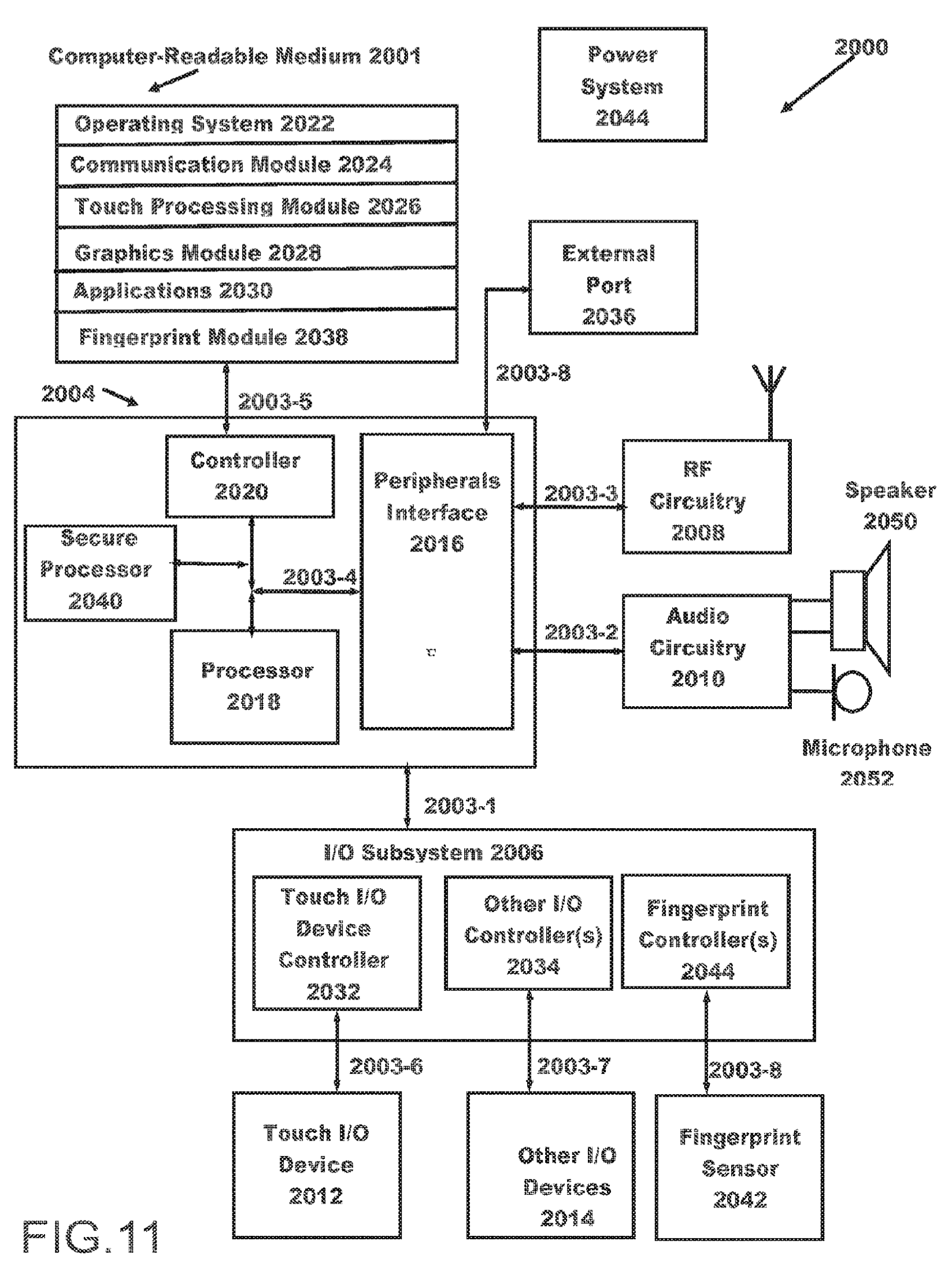Apple Exploring Means To Capture Thieves’ Biometric Data Through IPhone’s Sensors

A patent application was recently published by the United States Patent and Trademark Office (USPTO) which has been said to belong to Apple. The patent is described as being able to capture and store biometric data of thieves through the iPhone’s built-in sensors.
This means that when an unauthorized individual uses the device, his biometric information (fingerprints, photos, videos, and other forensic data) will be recorded on the iPhone.
The patent has been entitled as “Biometric capture for unauthorized user identification” and proposes itself to be a security system. And while it looks to be somewhat controversial, it may just be able to act as a machine that can capture an individual’s fingerprint and picture once a certain number of unsuccessful Touch ID/passcode attempts have been made.
The patent abstract reads:
“A computing device may determine to capture biometric information in response to the occurrence of one or more trigger conditions.”
The biometric information being referred to by the patent may include one or more fingerprints, videos, images, and any other forensic information that may be obtained from an unauthorized user. The patent divulges that the stored biometric information obtained from unauthorized users may then be provided for possible identification.
Forensic information refers to the keystrokes, location, time stamps, air pressure, audio data, speed, and any other data that may be obtained at the time when the device was used by an authorized individual.
The captured data on the device would then be stored locally or automatically sent to Apple’s servers so that it could cross reference across its database of different fingerprints and photos. If storage is low or if data is no longer needed, the information would be purged.
This new Apple patent seems to be a very interesting one, especially since it could heighten iOS security and provide assistance to individuals who are trying to get back their device. In the event of theft, the data can be used as evidence for criminal prosecution.
A source, however, sees that this could be “legally fuzzy” as using an iPhone or iPad’s Touch ID module, sensors, and camera could enter into a gray area of “proactive digital forensics.” Hopefully, this would be seriously considered as it seems to be very promising.
Apple filed for patent application last April 2016 and credits the invention to a triad of engineers, namely Byron B. Han, Craig A. Marciniak, and John A. Wright.
